Break Through Barriers: Overcome Four-Wall Syndrome with Customer Empathy
Approx 4 min. read

Once upon a time, there was a company that produced an essential piece of software widely used in a certain field. But it looked pretty stodgy, and some workflows were positively enigmatic. A few engineers wanted to learn more about the customer experience of people who used the product. "I'm the person to talk to," said a senior manager.
It was a classic example of what EverWonder calls four-wall syndrome.
With four-wall syndrome, you focus on your product, your features, and your marketing strategy, and not so much on the customer. This mindset develops for different reasons. In the case of our story's manager, this person felt an internal-political need to play intercessor between engineers and writers, and customers.
Maybe this manager also feared hearing the truth about what people really thought of the product. The HIPPO factor, or the highest-paid person's opinion, may have prevented more people from lobbying for more first-hand user information because they didn’t want to challenge a leader's opinion.
But sometimes, that inward focus isn't so ego-driven. Companies get so absorbed chasing cool trends and developing new features that they forget the end of the value chain, the customer experience. Or, they simply get lazy and rely on past experience to guide marketing and development decisions.
How Important Is Understanding Customer Needs?
"The biggest issue with four-wall syndrome is you think your product is best, and you think your product is solving all the challenges, but there might be other products out there that are actually doing a pretty good job," says Brian Sena Founder and Principal of EverWonder. "You're assuming what you do is special, and you're assuming what you do is differentiated, all of which may be a fallacy."
And that's a problem in an economic landscape where customers increasingly expect more from the customer experience, research online before they even approach you, and are fearless in talking about it on social media. These factors are especially true for thoughtful and well-researched Gen Z.
Companies also think subjectively. According to Sena, "One of the biggest problems with brands is they make some choice: 'I don't like blue. Don't make it blue.' But do you realize what you just said? You don't like blue. You might not even work for this company in a year?"
The Advantages of Being Customer-Centric
Of course, if you understand your customers and their experience, you're on your way to building better engagement. What does that mean?
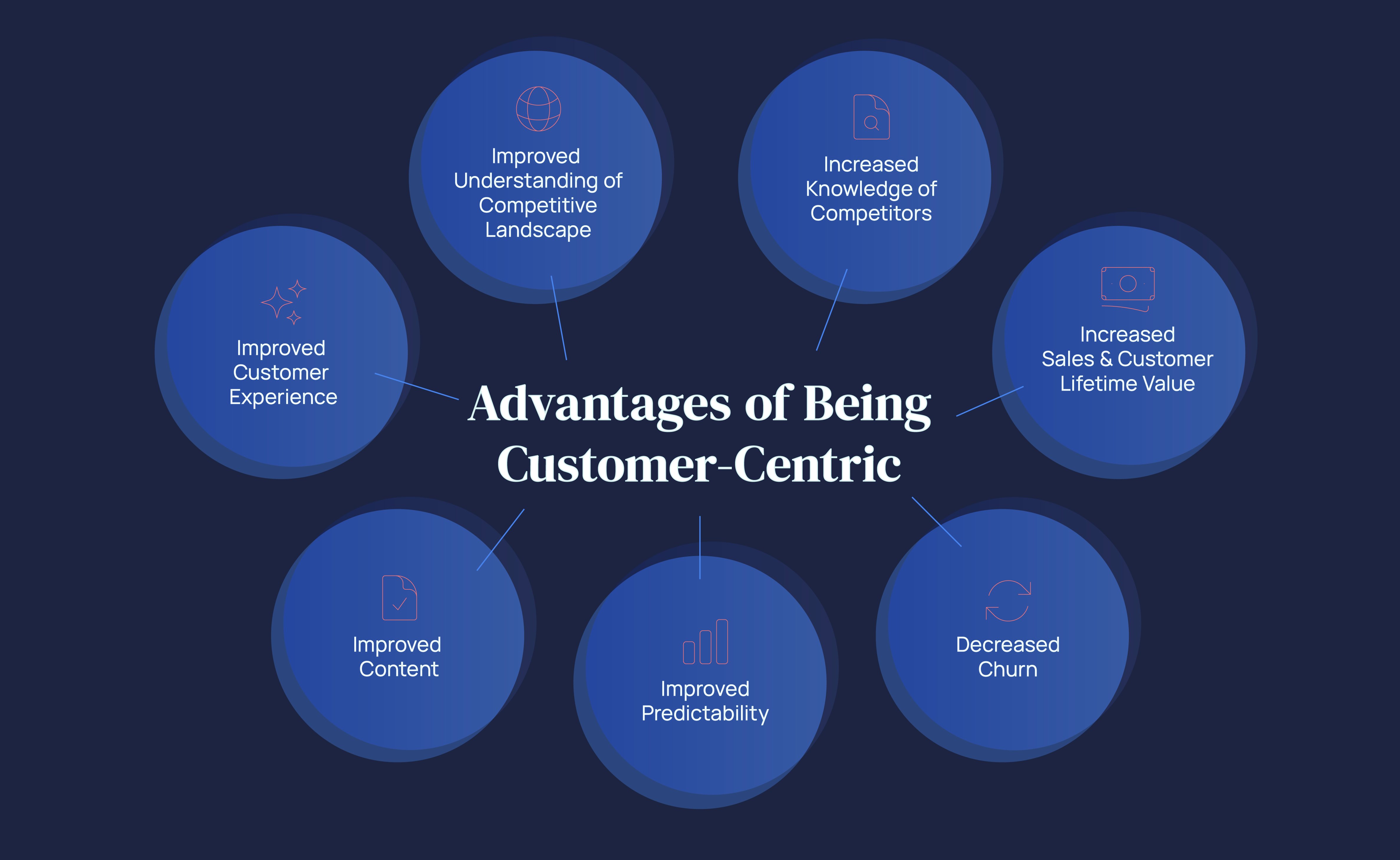
-
Improved customer experience
-
Improved content
-
Improved understanding of the competitive landscape
-
Increased knowledge of your competitors
-
Increased sales and customer lifetime value
-
Decreased churn
-
Improved predictability—you anticipate what they want before the market asks for it
Best Practices to Become a Customer-Centric Company
So, how do you overcome four-wall syndrome? With greater customer empathy. "To be truly empathetic, you have to think from the outside in because that's how you understand how someone else is feeling," says Sena.
Empathy and customer-centric thinking go beyond just solving the work-related problems that drive a buyer to ultimately increase your revenue. Genuine empathy means thinking of them as human beings. As a result, your market research seeks to understand individuals beyond how they perform tasks or use a product. You consider their emotions, drives, hopes, and disappointments, all of which contribute to the context in which they use the product. Empathy becomes about building customer relationships—not just selling products.
Learn About Customer Needs
The best thing is a customer-centric approach doesn't have to be complicated. It can begin as easily as approaching your product or service as a user: how does it work for you? Walk their path. Find the critical touch points and interactions between the customer and your company before, during, and after the purchase.
Visit the customer's place of business, or interact online. Survey your customers on aspects of their business. Talk to the customer and ask them about their work problems and successes. What about their suppliers? Do they receive deals, perceive some advantage in working with these suppliers, or feel good about their purchases?
Sketch Out an Empathy Map
Creating an empathy map is an excellent way to distill the information you gain. The map is a 2x2 matrix, with quadrants labeled, Says, Thinks, Feels, Does. A team uses sticky notes to organize user responses from your interviews and surveys into each category.
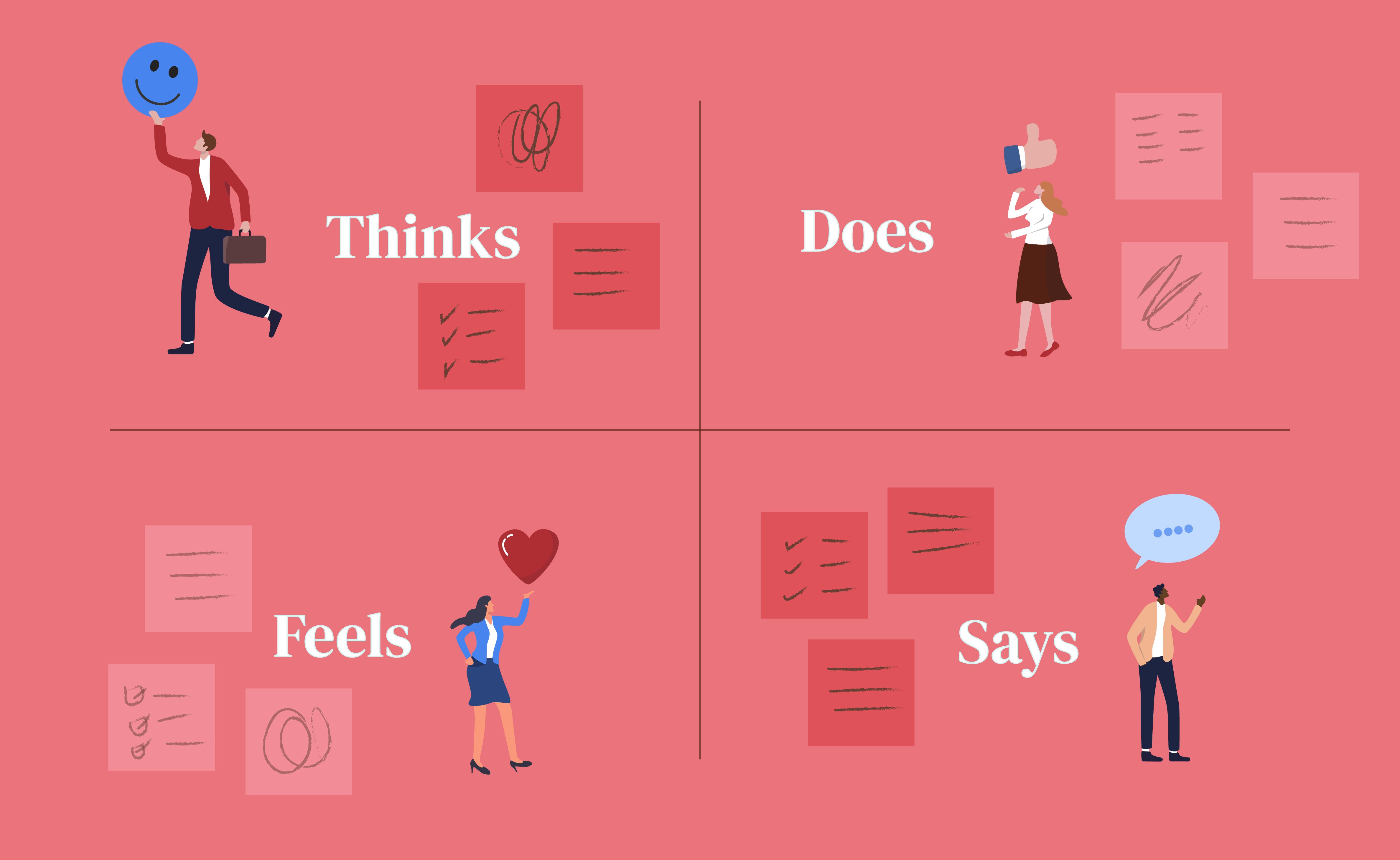 By collaborating on the profile, your team builds consensus about who the customer is and how to approach strategic and tactical efforts. As a visualization tool, empathy maps also provide an at-a-glance reference that you save and share throughout the company.
By collaborating on the profile, your team builds consensus about who the customer is and how to approach strategic and tactical efforts. As a visualization tool, empathy maps also provide an at-a-glance reference that you save and share throughout the company.
Keep Your Ear to the Ground
You can learn a lot from the right outside sources, too. Learn about your competitors. Follow social media, including influencers—B2B is certainly rich with them. Consider economic and social trends in sectors like yours. See what the future might hold for your customer’s competitors and customers.
The 10,000 Foot View of Customer Needs
There's a balance between understanding the individual experience of a brand through customer conversations and the view that analytics offers, the broad 10,000-foot view. Leverage your CRM to collect data to provide a 360 view of customers, with all interactions with your brand, past purchase history, website touches, customer service contacts, and more.
Look at customer behavior. How do customers interact with your website? Where are the bounces? What's the visitor page time? Consider the navigational paths to and through your site.
What else? Don't discount metrics. Two important ones are customer lifetime value, or CLV, and the Net Promoter Score, or NPS.
CLV describes the value returned on each of the five customer segments, with the top 20% returning the most and the bottom 20% taking more work to win. Where's the potential for your business to grow the more you know? With the three middle buckets. These are the customers who may come back again to buy more.
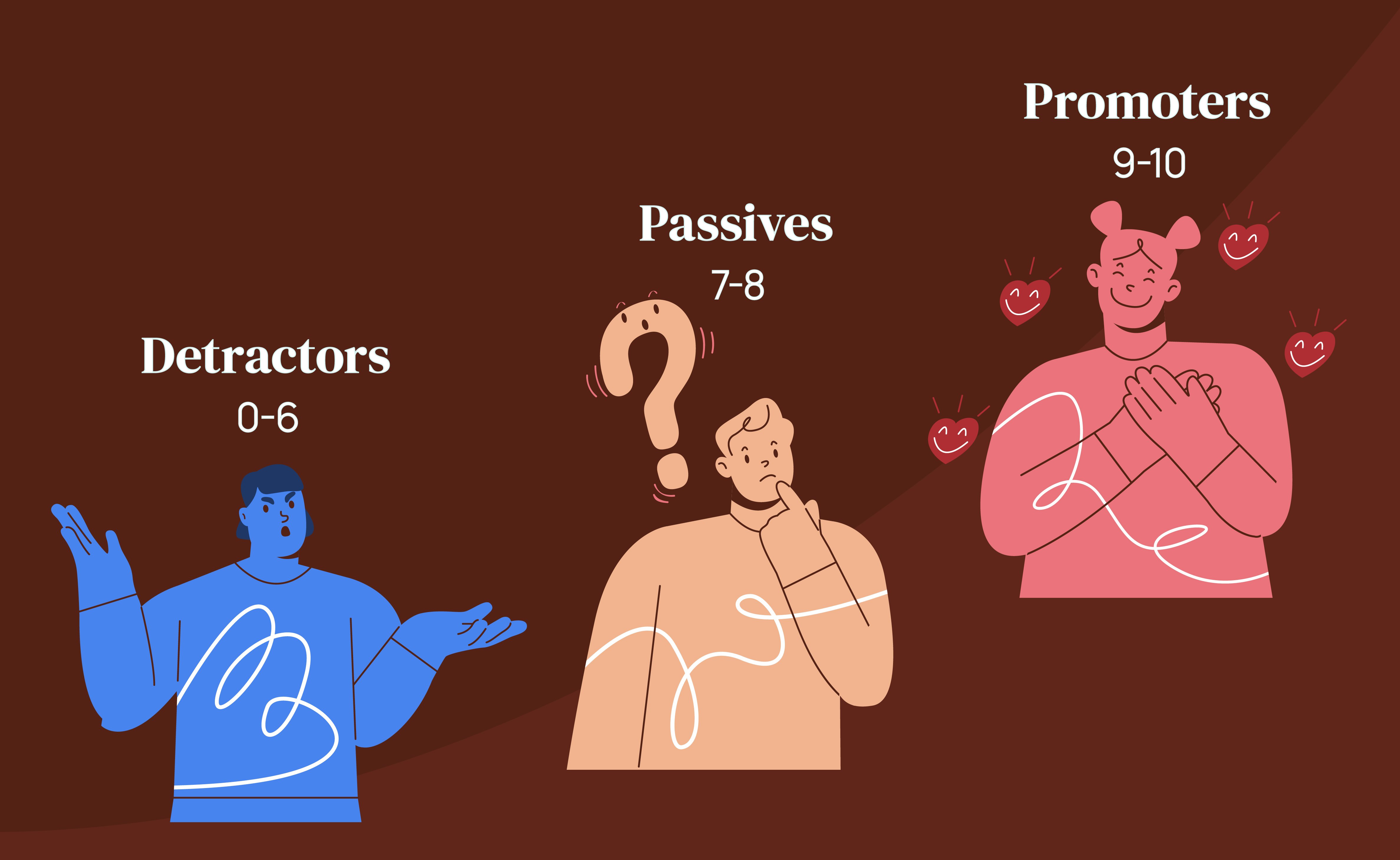 The NPS describes how likely customers are to refer your business to other customers (promoters vs detractors), which you can use to boost CLV. Scores range from 0 to 100 (or 0 to 10).
The NPS describes how likely customers are to refer your business to other customers (promoters vs detractors), which you can use to boost CLV. Scores range from 0 to 100 (or 0 to 10).
-
Customers scoring 0 to 6—Detractors. Despite their spending, they are unhappy with your brand. They may give bad reviews if you don't try to understand their concerns.
-
Customers scoring 7 or 8—Passives. These happy customers won't give a bad review, but they probably won't provide a good one either. Reach out to these customers before your competitors do!
-
Customers 9 to 10—Promoters. Promoters are your biggest fans. These valuable customers have nothing but good things to say about you and how your products helped their business. They will shop again, giving the highest customer lifetime value.
Conclusion: The Customer Should Be the Loudest Voice in the Room
Good brands aren't about what the manager thinks or even about what designers think: they're about the customer experience. Customers provide not just revenue but good ideas. And today, customers have more power of choice and expectations than ever. So, go ahead, get outside your four walls, and talk to your customers.
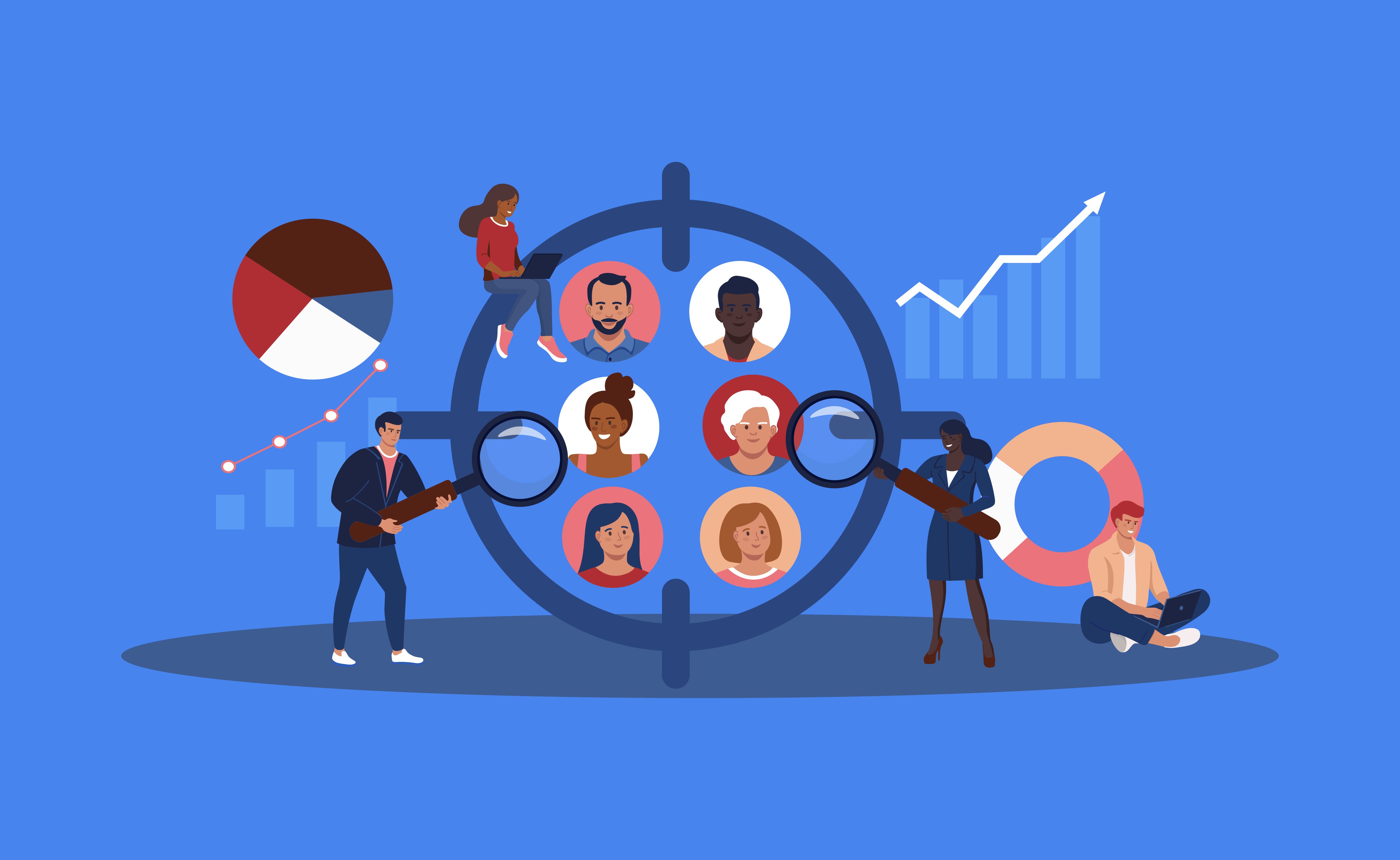 There is no greater risk to your success than thinking that you know best. There are several tools, options, and modalities to create a 360 view between your offering and your audience. Let empathy be your guide.
There is no greater risk to your success than thinking that you know best. There are several tools, options, and modalities to create a 360 view between your offering and your audience. Let empathy be your guide.
Related posts
Food for thought.
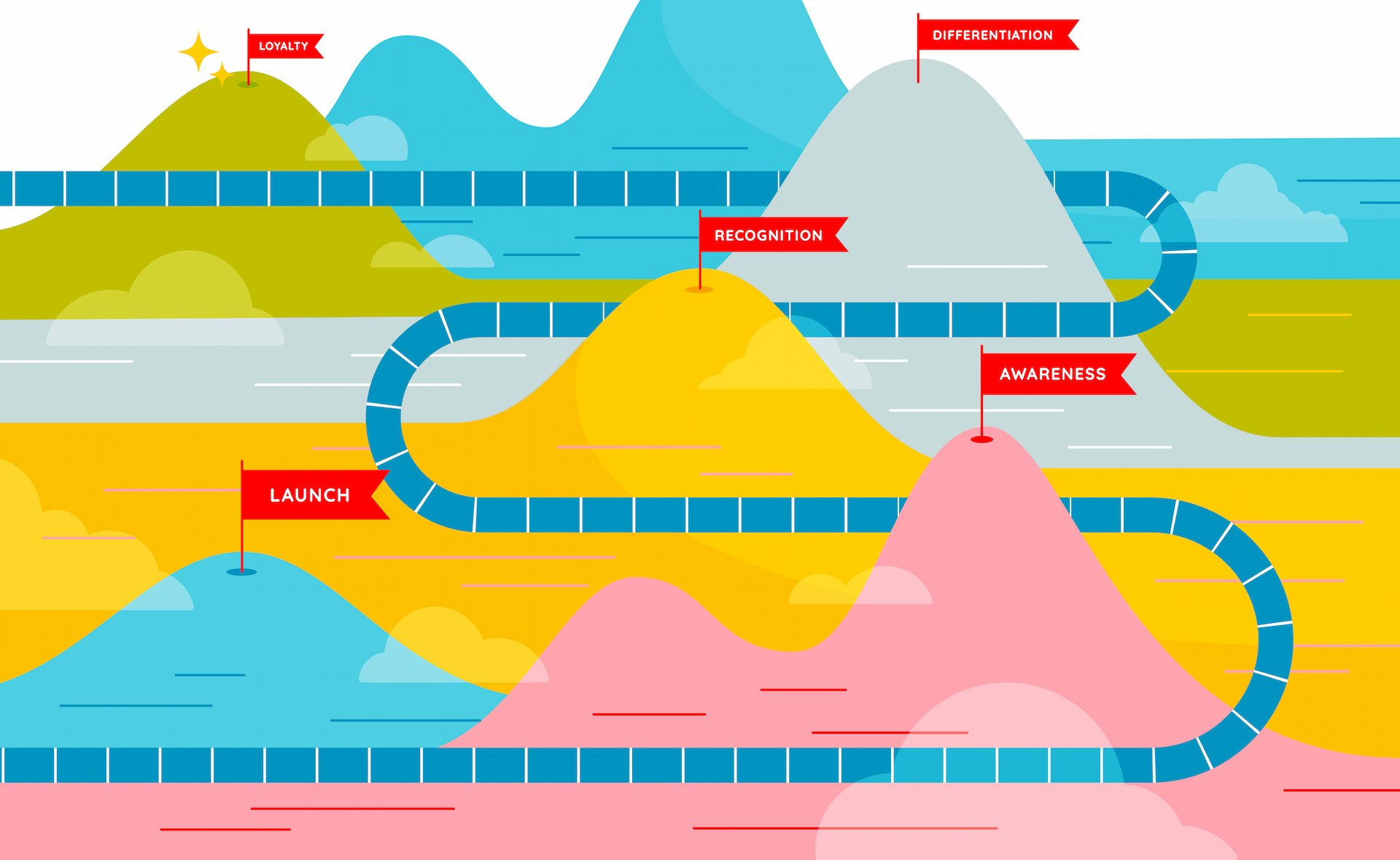
Your Image Is Everything: Top Branding Do's and Don'ts
by Margaret Ziviski

Connecting With Future Buyers: Why Marketers Demand A Higher Standard Of B2B Content (2/4)
by Patrick Gallant